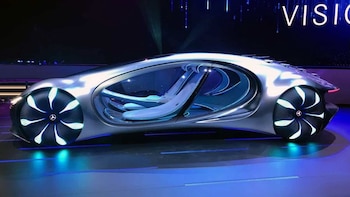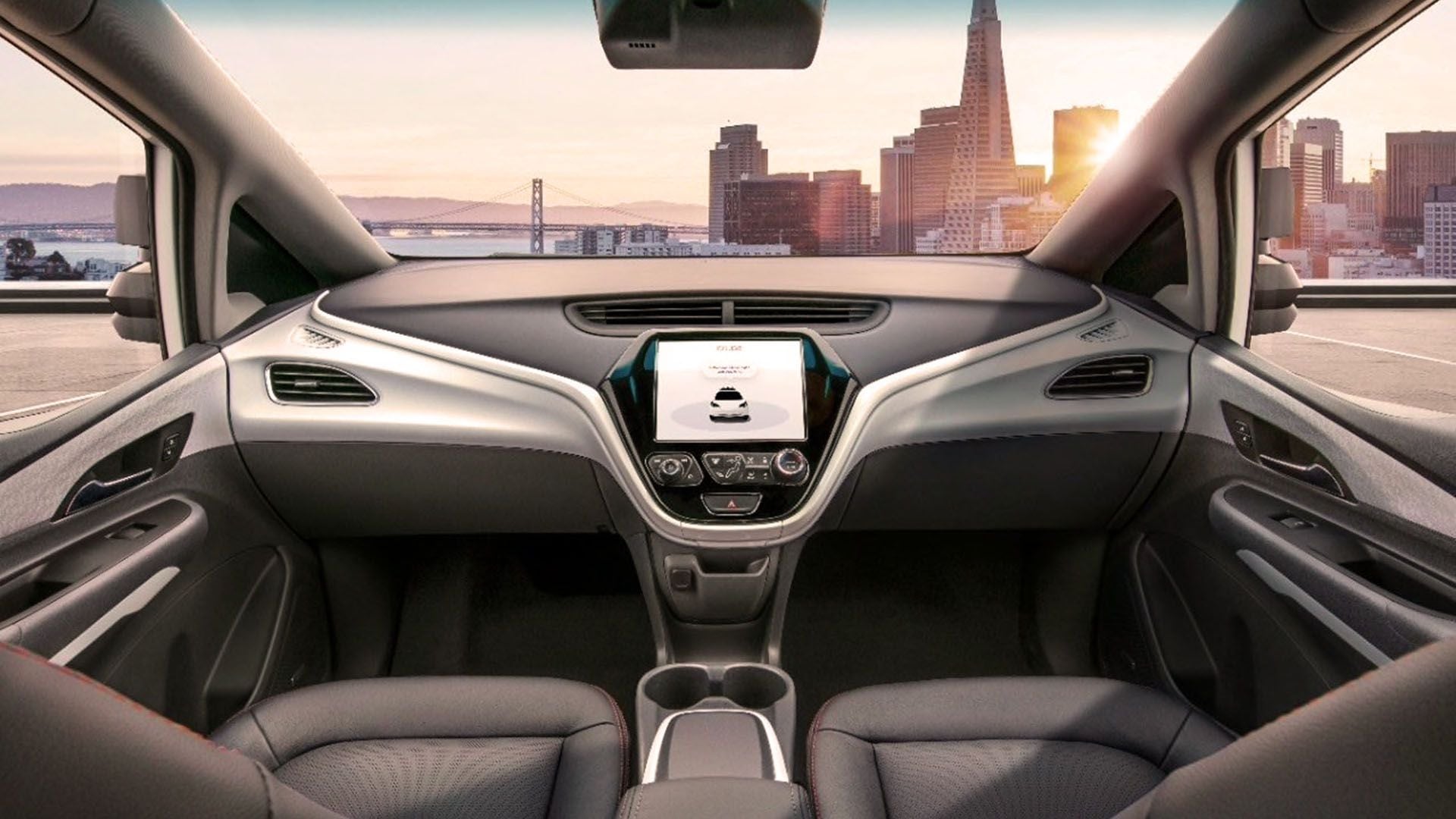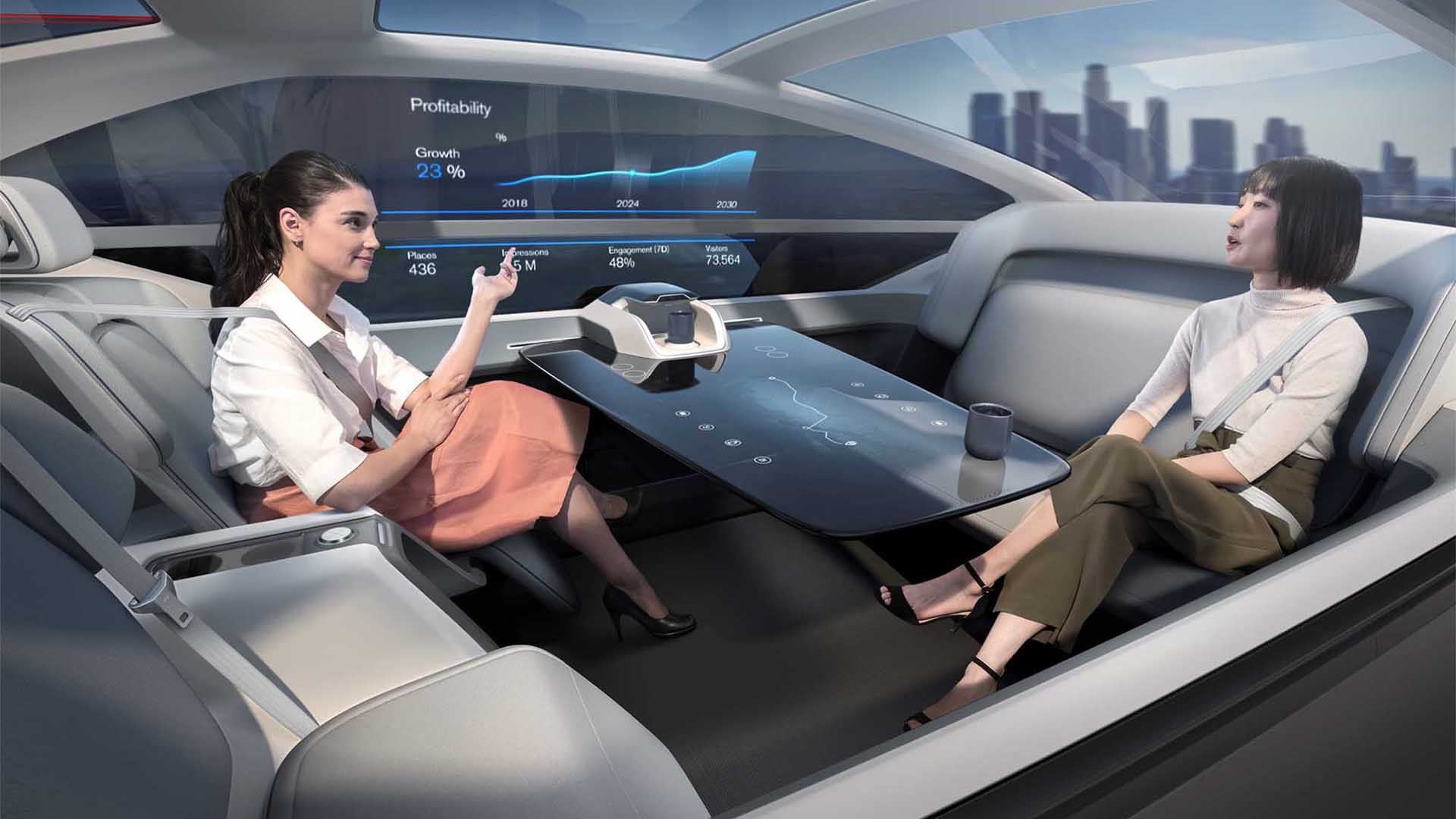
There are certain limitations that define the shape of a car. Some are mechanical, engineering-related, but others are emotional. If car designers could unleash their imagination, they would probably create vehicles that few people would associate with a car as we know it.
“Often, the market, which is ultimately about people, is not prepared for certain forms. In automotive companies, design exercises are carried out that will never go into production, but they are that, exercises,” said Argentine designer Juan Manuel Díaz, currently in the Audi Motorsport design department, before Infobae's consultation on what the cars of the future will be like.
“The car will not be of one type. There will be a combination of electric cars, with gaseous hydrogen or fuel cell cars, but there will be solar cars and cars powered by synthetic fuels. And there will also be shared cars, individual cars and autonomous cars,” he expanded his response.
Those are the emotional limitations that were mentioned at the beginning. These are aesthetic barriers that consumers will be able to cross over time to accept concepts that today they would reject without hesitation.

Mechanical barriers are like an exact science. Just as two plus two equals four, a car, by definition, must have wheels, a propulsion system that makes them move, a cabin for one or more passengers, a steering wheel, pedals and a braking system that stops it. The rest of the parts of a vehicle that is defined as a car, may or may not be there. A car also requires a homologation process. You must comply with safety-related guidelines in order to be able to drive on the streets, among other cars and between people.
If it does not comply with those guidelines, it cannot be legally manufactured, patented, sold and used. But those guidelines need to be updated as technology advances. While that doesn't happen, there is a mechanical limitation to creation. To be precise, it serves as an example to think of a car that can be lifted off the ground and float in the air at the same height as conventional cars, but without touching the ground. That car will not need wheels, however, a car without wheels would not be approved by legislation.

In the US they have taken a step forward in this process of updating to the current times. The U.S. National Highway Traffic Safety Administration (NHTSA) has just authorized the manufacture of cars without steering wheels and without pedals, as a way to create the framework to promote the development of autonomous vehicles from their inception.
From the moment an automotive company has developed a Level 5 autonomy system (the one that completely dispenses with the human being for driving), and the legislation authorizes the circulation of this type of car, it will not be necessary for them to have a steering wheel and pedals.
This may allow more space to be gained, particularly in the area of the front seat where the conventional driver would go, but above all, it will allow the boards to change as they do not necessarily need the signs to be in that place, in fact, it can allow the seats to be changed can be rotatable and do not have to be directed towards the front of the car.

In reality, imagination can fly even while maintaining the known shape of the car, but a design could perfectly appear that does not distinguish a front and a rear, since it can go in both directions indistinctly. Moreover, there could be a design that does not have a front, tail and sides, it could be square and circular in all four directions without having to bend, but only choose the direction in which the four spheres that replace the four wheels should rotate.
What NHTSA has done is modify the final rules that eliminate the need for automated vehicle manufacturers to equip fully autonomous vehicles with manual driving controls to meet crash standards. This rule will apply to all vehicles that are built from scratch to become autonomous, of course, because self-employed Tier 3 and 4 must have open the possibility of action by a person to drive them under certain circumstances.
KEEP READING
Últimas Noticias
Debanhi Escobar: they secured the motel where she was found lifeless in a cistern
Members of the Specialized Prosecutor's Office in Nuevo León secured the Nueva Castilla Motel as part of the investigations into the case

The oldest person in the world died at the age of 119
Kane Tanaka lived in Japan. She was born six months earlier than George Orwell, the same year that the Wright brothers first flew, and Marie Curie became the first woman to win a Nobel Prize

Macabre find in CDMX: they left a body bagged and tied in a taxi
The body was left in the back seats of the car. It was covered with black bags and tied with industrial tape
The eagles of America will face Manchester City in a duel of legends. Here are the details
The top Mexican football champion will play a match with Pep Guardiola's squad in the Lone Star Cup

Why is it good to bring dogs out to know the world when they are puppies
A so-called protection against the spread of diseases threatens the integral development of dogs




